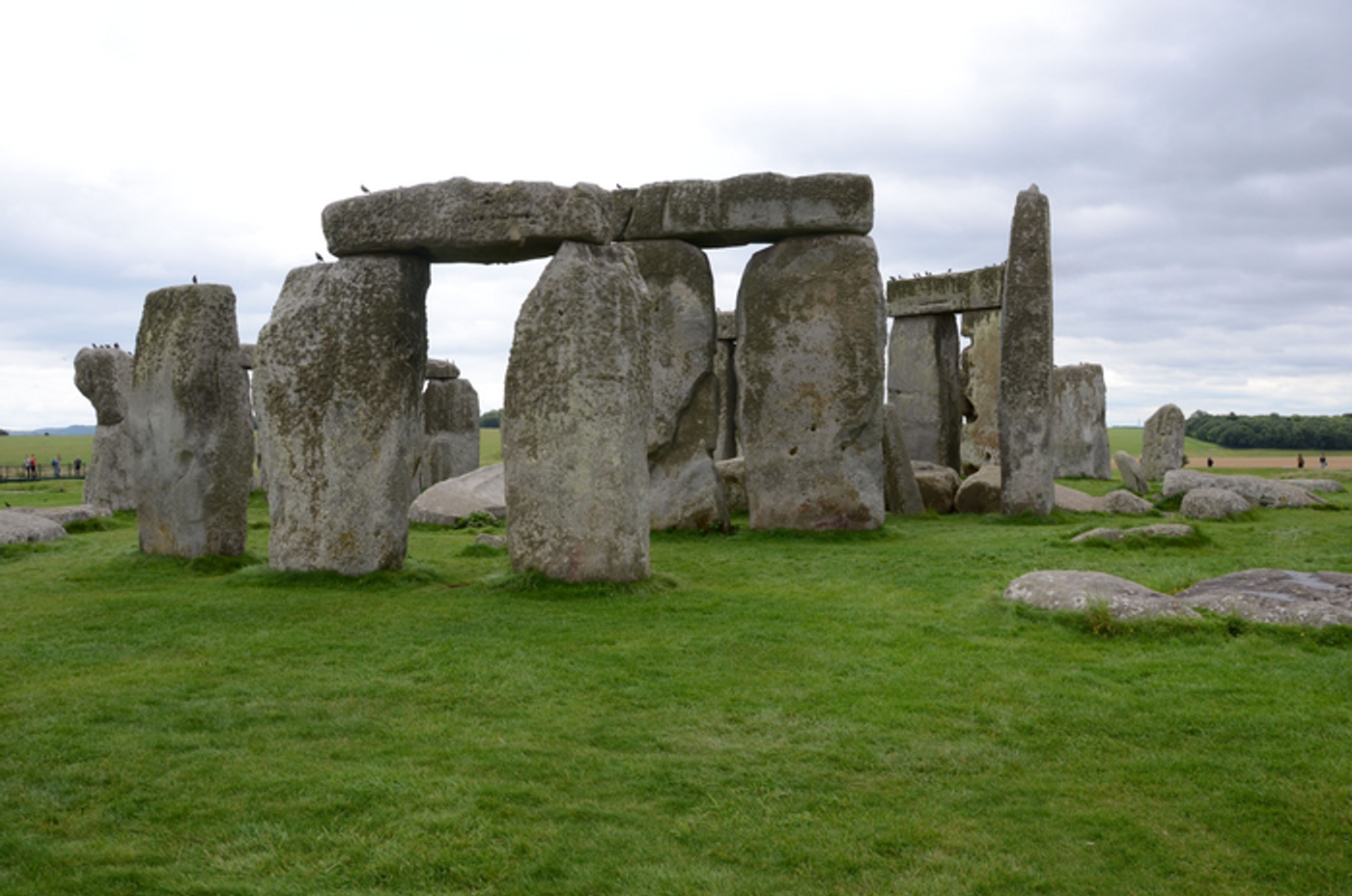The Stonehenge 'Calendar' Isn't as Modern as We Thought
Archaeoastronomy is a scientific discipline that applies astronomical observation to archaeological interpretation. Deeply rooted in scientific methods, archaeoastronomy is distinct from pseudo-archaeology, “masquerading as archaeology.” The field, and methods of interpretation, offer opportunities to re-think the archaeological landscape. Using these methods, what can we learn about popular and well-known archaeological sites like Stonehenge with ‘astronomical’ connections?
Stonehenge is a Neolithic site with origins possibly as far back as 2600-2400 BCE (calibrated). The site, and nearby burials, have become part of the popular imagination since their discoveries. Interpretations of the site involve everything from historical/folkloric tales of mythological giants to a temple that aligns with the sun’s movement, the latter being the most commonly accepted interpretation.
The modern alignment of the Stonehenge standing stones to the summer and winter solstices led to the interpretation of the site as a sort of calendar. This theory has been expanded by a series of equations using the number of stones and their placement to estimate an ancient calendar similar to those created by the Romans and Egyptians. Two archaeoastronomers, Juan Antonio Belmonte (Instituto de Astrofísica de Canarias and Universidad de La Laguna, Tenerife, Spain) and Giulio Magli (Politecnico of Milan) are testing this long-held theory.
The researchers found that the idea of Stonehenge as an ancient calendar similar to those spaced thousands of years apart is “based on a series of forced interpretations” and “unsupported analogies.” Their rationale?
- Astronomy – while the position of the stones does show some potential interest in the solar cycle, there is no way it could be used to estimate the number of days in a modern ‘year.’
- Numerology – the theory that the number 12 (as in months in a year) is important at Stonehenge results from the “selection effect,” where only the numbers deemed relevant are used to interpret meaning at the site while others are ignored.
- Cultural Paragons – there is no archaeological evidence that the Stonehenge’ calendar’ is related to the 365-day Egyptian calendar established ~2000 years later.
So, while Stonehenge is not equivalent to our modern calendar, it’s no less fascinating. There is always more to learn from a site like this; if anything, understanding this modern bias opens the door to new interpretations of the site.
Peer-Reviewed Article: Archaeoastronomy and the alleged ‘Stonehenge calendar’ by Magli and Belmonte
Additional Sources: Archaeoastronomy: Introduction to the Science of Stars and Stones By Giulio Magli, Parker Pearson et al 2015, The Amesbury Archer and the Boscombe Bowmen by A. P. Fitzpatrick, National Geographic, English Heritage, EurekAlert!, Cambridge Dictionary.
Cover/Featured Image Credit: Juan Belmonte









